Join us on Patreon! https://www.patreon.com/MichaelLustgartenPhDDiscount Links: NAD+ Quantification: https://www.jinfiniti.com/intracellular-nad-test/Use Cod…
Get the latest international news and world events from around the world.
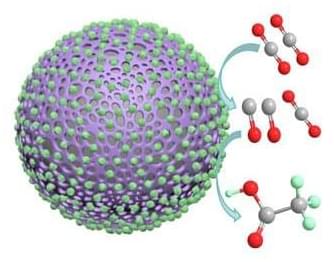
Nanoparticle-coated catalyst boosts sustainable acetate production
Acetic acid, also known as acetate, and other products that can be developed from acetic acid are used in a variety of industries, from food production to medicine to agriculture. Currently, acetate production uses a significant amount of energy and results in harmful waste products. The efficient and sustainable production of acetate is an important target for researchers interested in improving industrial sustainability.
A paper published in Carbon Future (“CO 2 electroreduction to acetate by enhanced tandem effects of surface intermediate over Co 3 O 4 supported polyaniline catalyst”) outlines a method using a polyaniline catalyst with cobalt oxide nanoparticles to produce acetate through carbon dioxide electroreduction.
This image shows a polyaniline catalyst coated in cobalt oxide nanoparticles and demonstrates how the catalyst facilitates the conversion of carbon dioxide to carbon monoxide to acetate. (Image: Carbon Future)
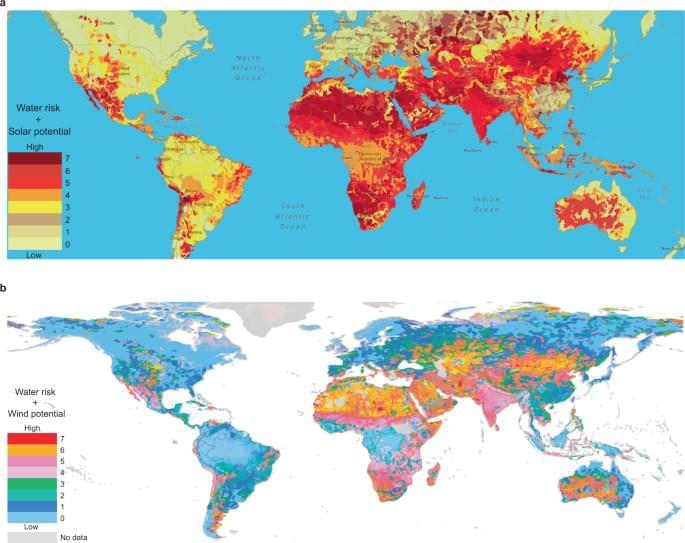
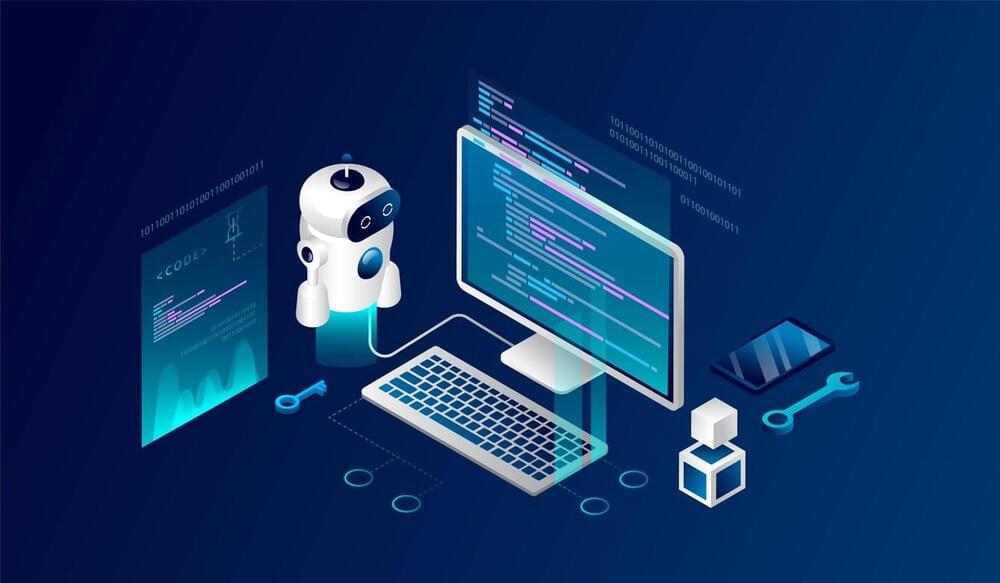
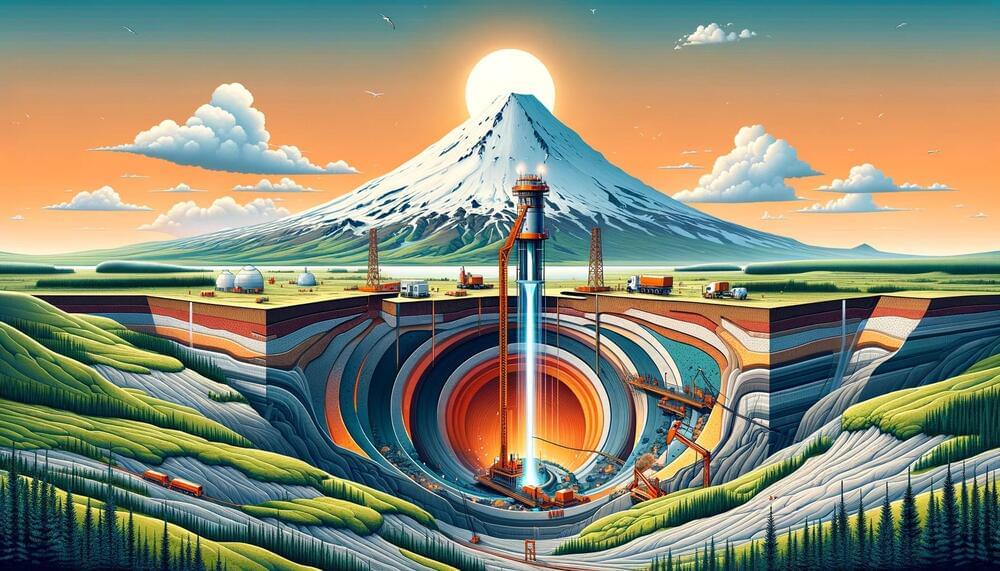
Iceland will tunnel into a volcano to tap into virtually unlimited geothermal power
An initiative that sounds a lot like Jules Verne’s Journey to the Center of the Earth might mark the first time humans have tapped into magma, the molten rock liquid flowing beneath Earth’s crust. In 2026, Iceland’s Krafla Magma Testbed (KMT) project will drill into a volcano’s magma chamber, seeking to tap into its super-hot fumes to generate geothermal energy at a scale that has never been attempted before.
The endeavor promises to power homes across Iceland with a renewable, limitless energy source. And no, this won’t cause the currently active Krafla volcano to erupt, according to John Eichelberger, a volcanologist at the University of Alaska Fairbanks interviewed by New Scientist.
Geothermal energy, a technology harnessed by Iceland for years, involves drilling into hot underground regions to produce steam from heated water. This steam drives turbines, generating electricity. Today, at least 90% of all homes in Iceland are heated with geothermal energy and 70% of all energy used in the island nation comes from geothermal sources.
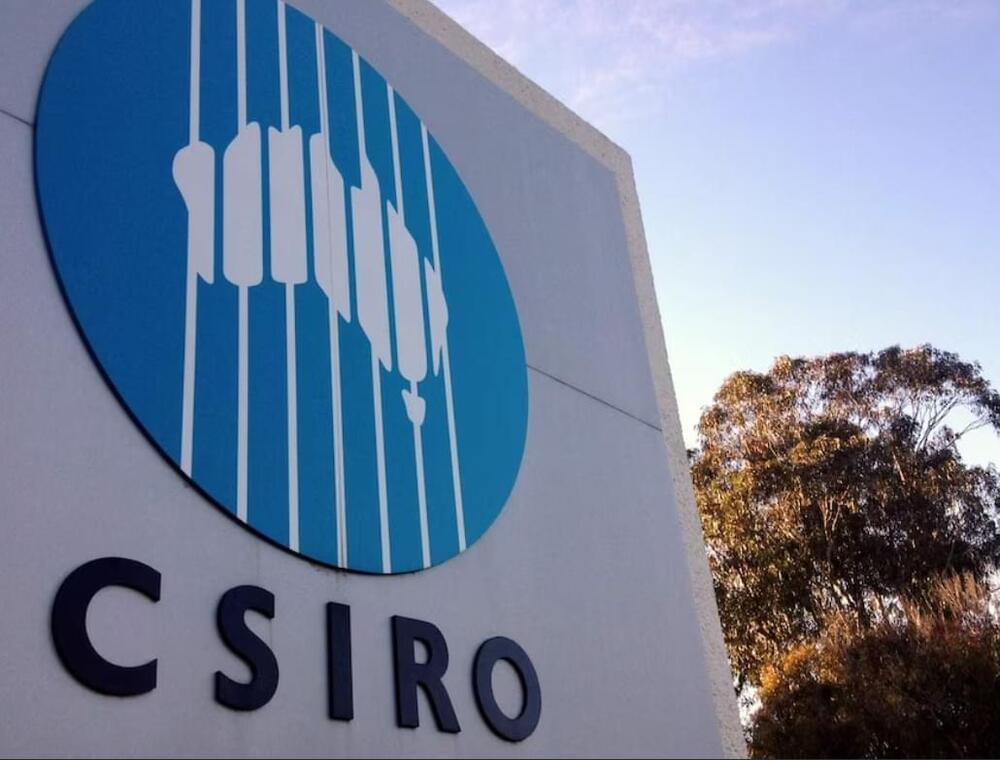
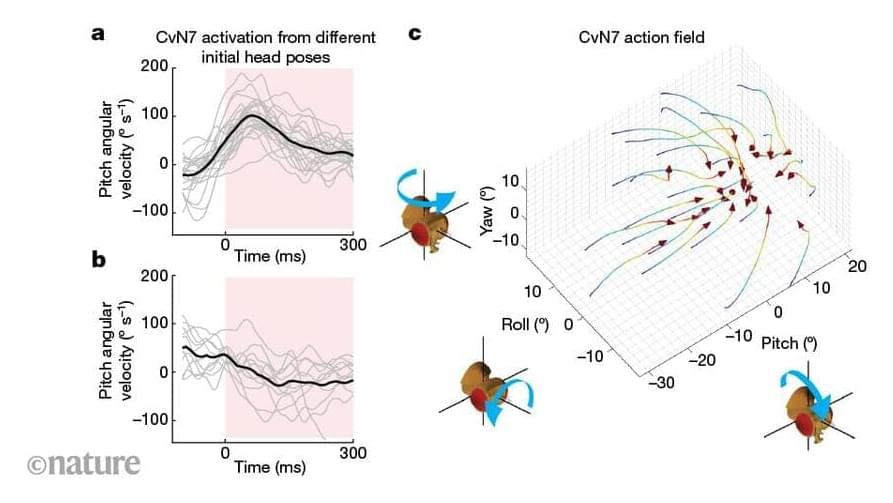
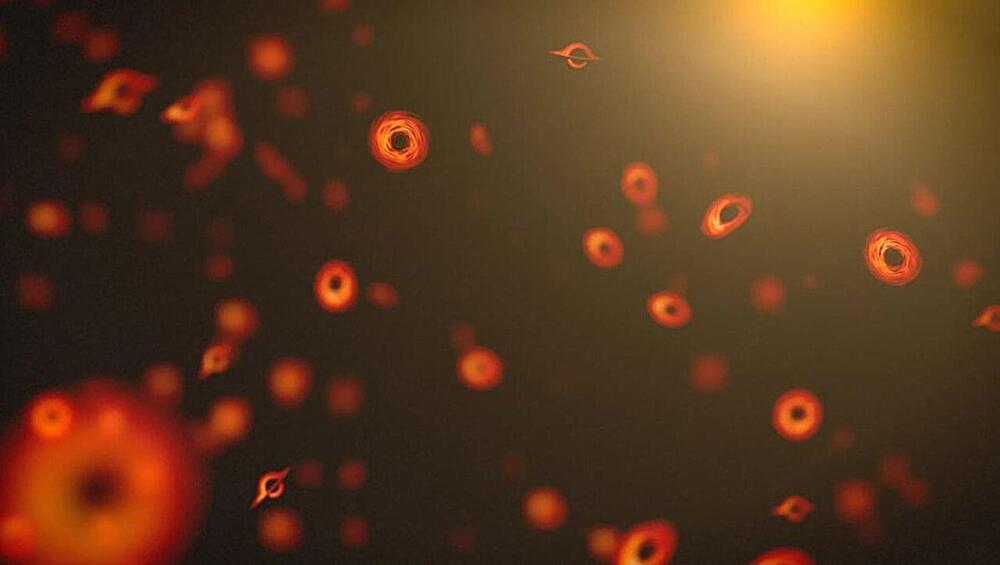

The physicist searching for quantum gravity in gravitational rainbows
Claudia de Rham thinks that gravitons, hypothetical particles thought to carry gravity, have mass. If she’s right, we can expect to see “rainbows” in ripples in space-time.
